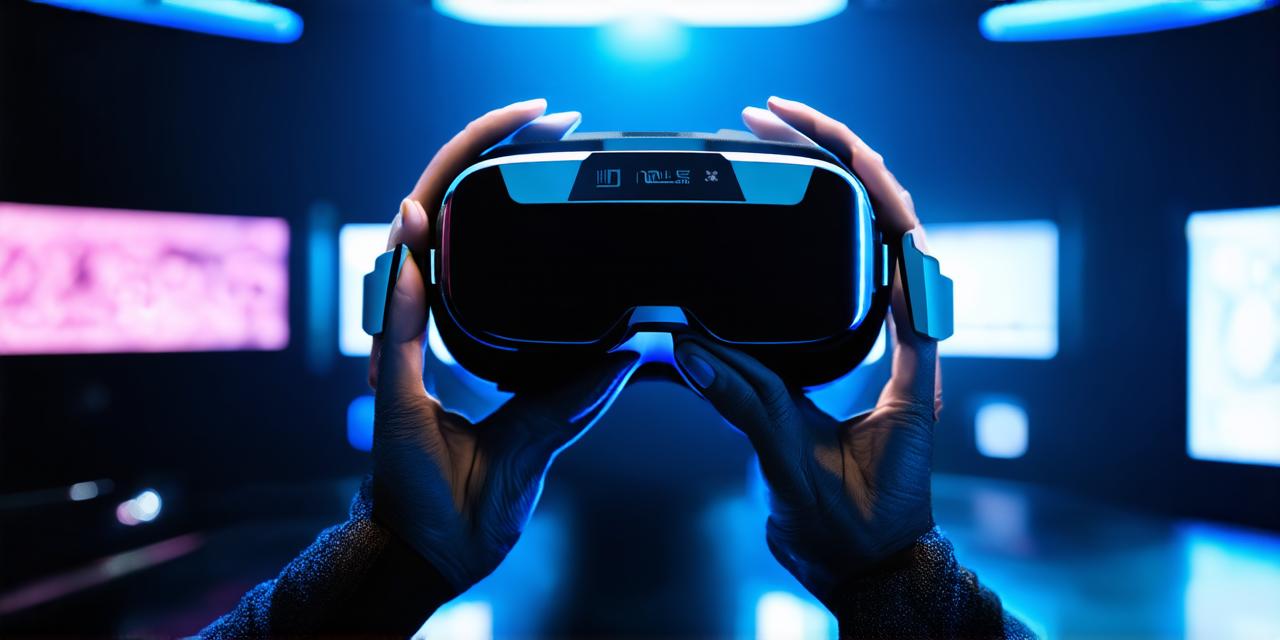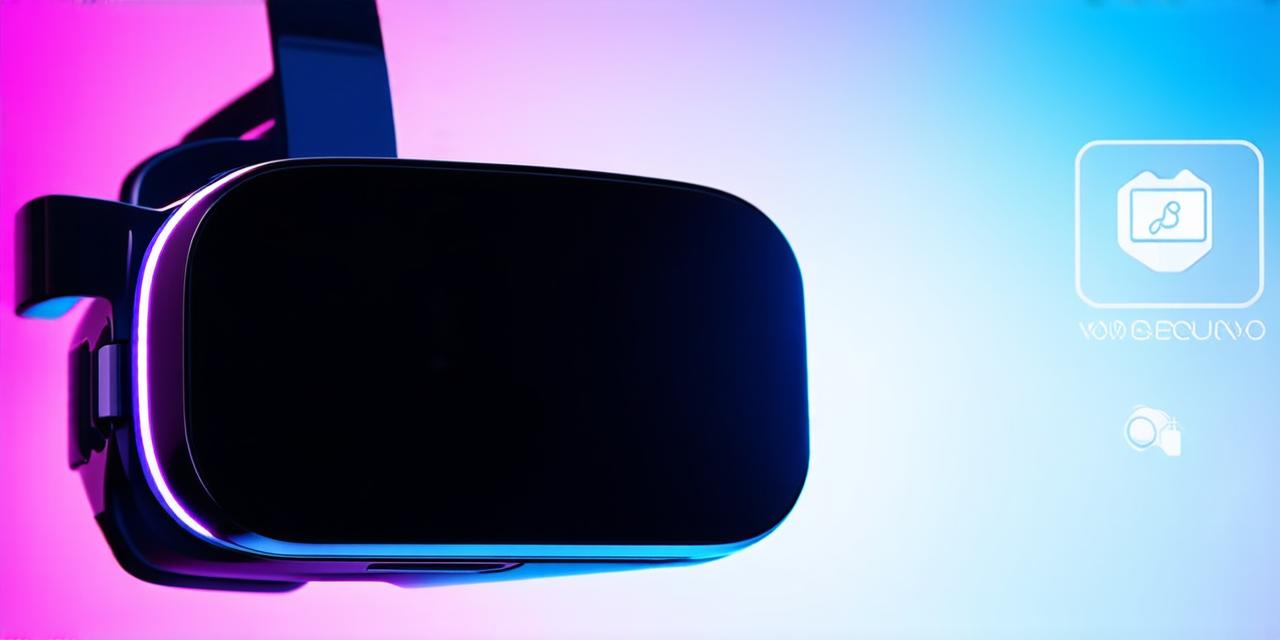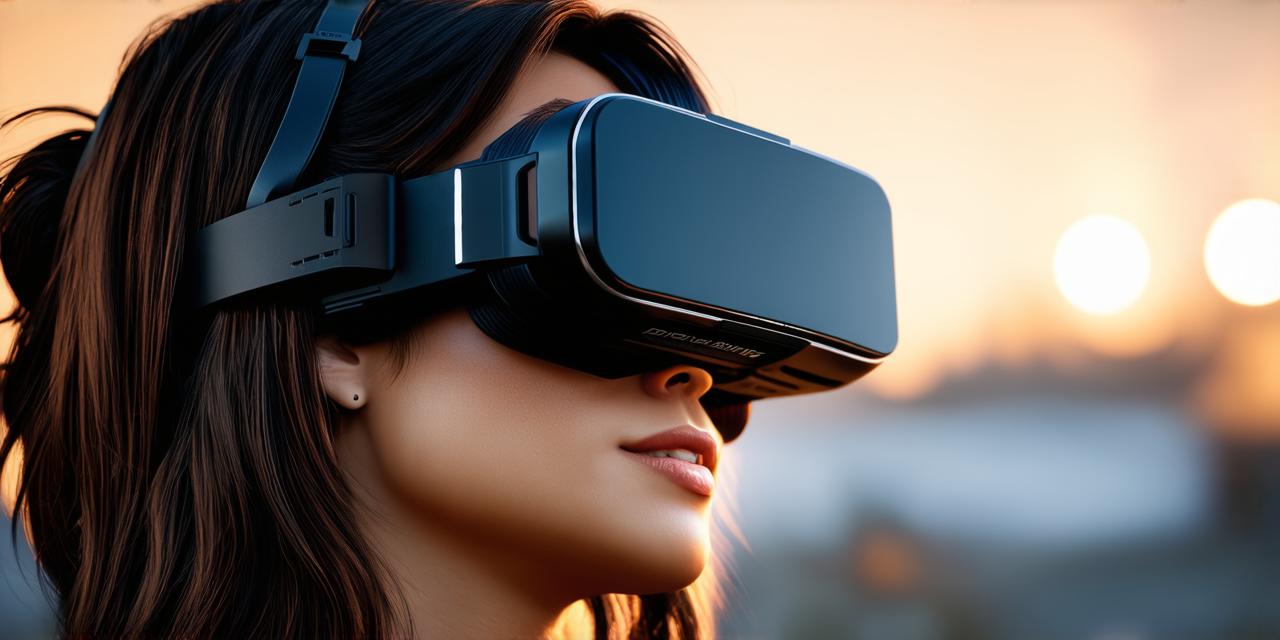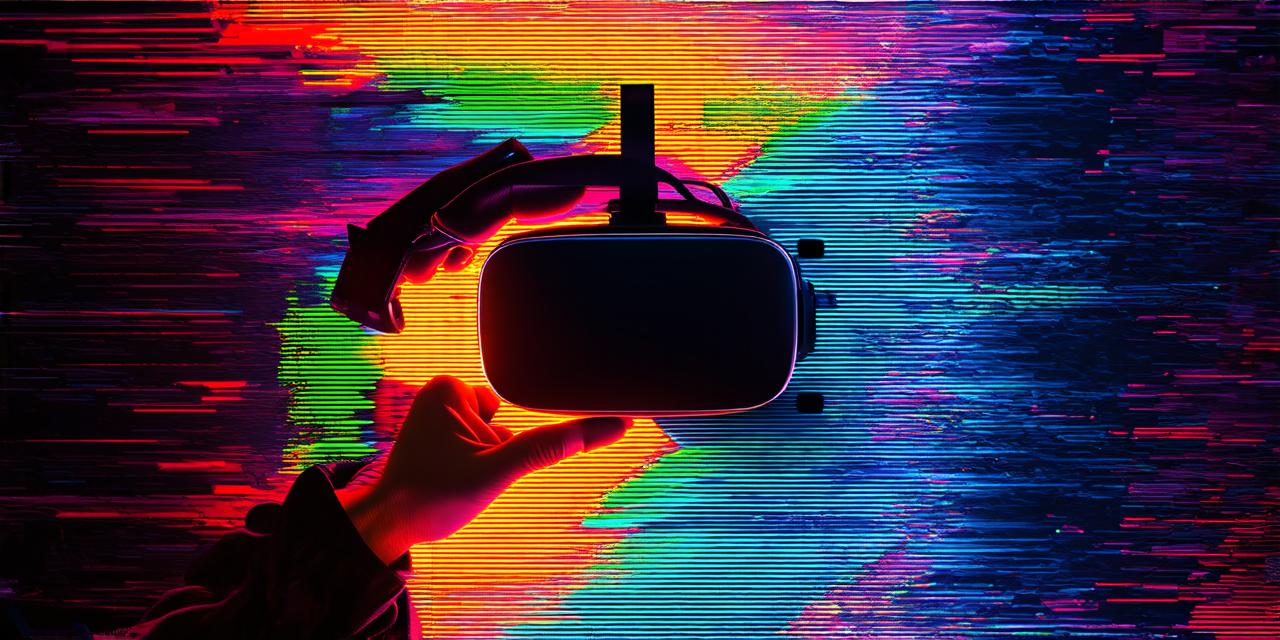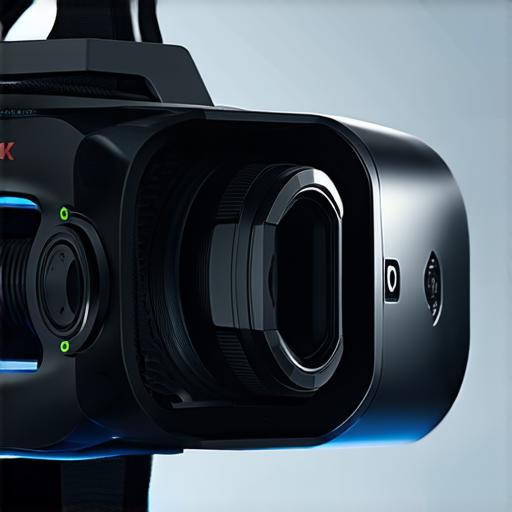
What are VR Headsets?
VR headsets are wearable devices that allow users to experience virtual environments as if they were real. The headset typically consists of a pair of goggles or lenses that fit over the user’s head, along with sensors and tracking devices that monitor their movements.
Key Components of VR Headsets
-
Display screens: The display screens in VR headsets provide the visual output for the virtual environment. These screens typically use high-resolution displays with fast refresh rates to minimize motion sickness and create a realistic experience.
-
Lenses: The lenses in VR headsets are designed to reduce distortion and provide a clear, crisp image. Some headsets use fixed focal length lenses, while others use adjustable focus lenses to accommodate users with different eye sizes.
-
Sensors and tracking devices: These components allow the VR headset to monitor the user’s movements in real-time. This information is used to adjust the virtual environment to match the user’s movements, creating a more immersive experience.
-
Controllers: Controllers are handheld devices that allow users to interact with the virtual environment. They typically have buttons and joysticks that allow users to move, look around, and perform other actions in the virtual world.
-
Software: The software that powers VR headsets is responsible for rendering the virtual environment and creating a seamless experience for the user. This software must be optimized for the specific hardware of the VR headset to ensure smooth performance.
How do VR Headsets Work?
-
Capture the user’s environment: The VR headset uses sensors and cameras to capture the real-world environment around the user. This information is then used to create a virtual representation of the environment.
-
Render the virtual environment: Once the virtual environment has been created, the software renders it in real-time using the display screens and other hardware components of the VR headset.
-
Track the user’s movements: As the user moves their head, the VR headset uses sensors to track their movements and adjust the virtual environment accordingly. This ensures that the user always sees a realistic representation of their surroundings.
-
Process the user’s inputs: When the user interacts with the virtual environment using the controllers, the software processes these inputs and updates the virtual environment accordingly.
-
Display the final output: The VR headset then displays the updated virtual environment to the user, providing a seamless and immersive experience.
Summary
Virtual reality technology has come a long way since its inception, and VR headsets are now able to provide incredibly immersive experiences that transport users into different worlds. By understanding how these devices function and the key components that make them work, we can appreciate the complexity and innovation behind this exciting technology.
